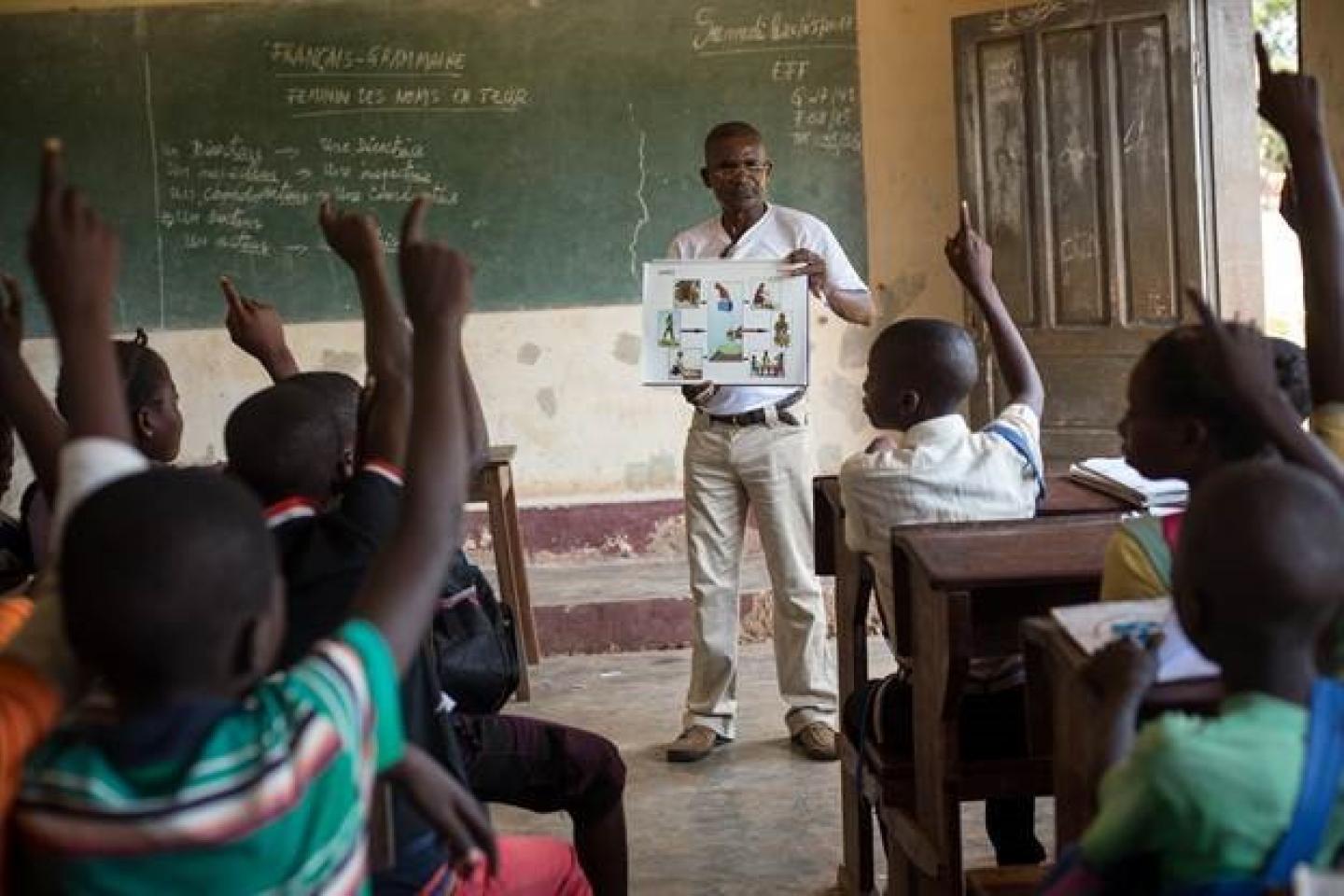The government has allocated close to US$ 13M for the implementation of the Second Education Project 2022 in Zimbabwe under which a total of 35 new schools will be built, 312 existing, dilapidated infrastructure rehabilitated, and clean and potable water provided in schools in a bid to improve quality inclusive and equitable education to ensure that no one and no place is left behind.
Also Read: Zimbabwe’s Mpilo Staff Quarters Project Complete
Out of the 35, 19 will be primary schools and the rest secondary schools, eight of which will have residential facilities. Mrs Olicall Kaira, the Ministry of Primary and Secondary Education’s chief director for Primary, Secondary, and Non-Formal Education informed the committee that school sites had already been selected adding that 25 of the proposed 35 schools were already running, however, without sufficient infrastructure.
Implementation of the Second Education Project 2022 in Zimbabwe
On March 29, 2022, an inter-ministerial committee meeting with all key participants in infrastructure development was conducted to produce a road map for all projects. The committee accepted the Second Education Project’s terms of reference and the work plan.
Mrs Kaira noted that the Ministry of Local Government and Public Works was working on updating drawings of the 17 schools developed under the OPEC Fund for International Development (OFID). In 2015, the OPEC Fund for International Development (OFID) loaned Zimbabwe $20 million to develop the schools.
Mrs Kaira stated that local governments and private actors have also responded to the government’s demand to create new schools, with 42 schools being registered after meeting the registration requirements. To decongest schools, the government has set a goal of building 3 000 new ones by 2025.
Private actors called upon to participate in this project
Private actors have been encouraged to join forces with the Second Republic in this endeavour. There are around 10,000 elementary and secondary schools in the country, but they struggle to keep up with the ever-increasing number of students.

